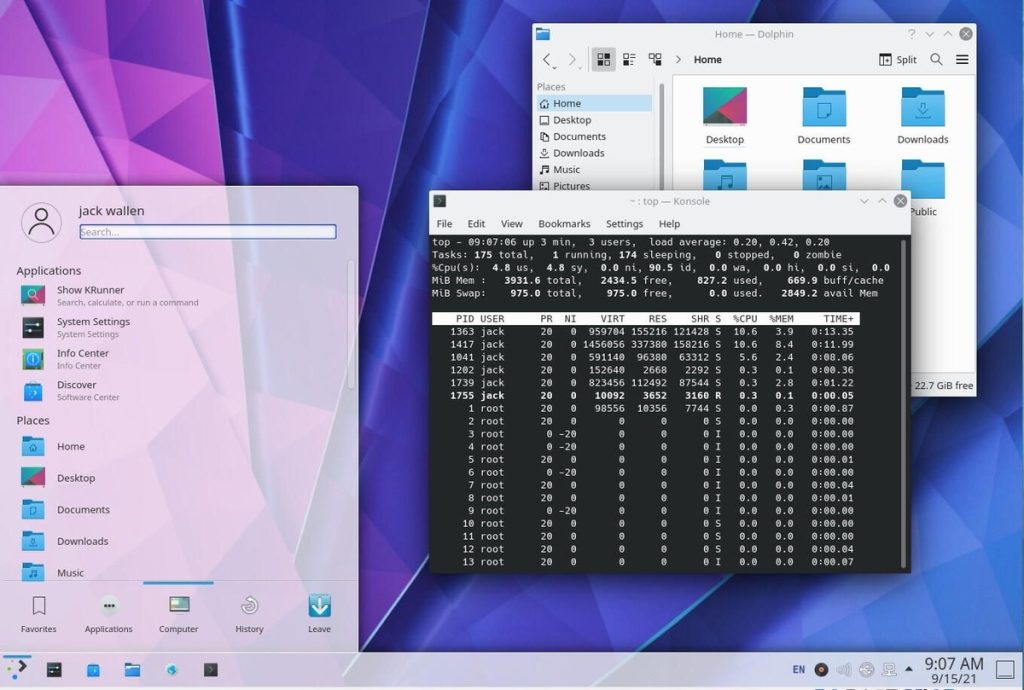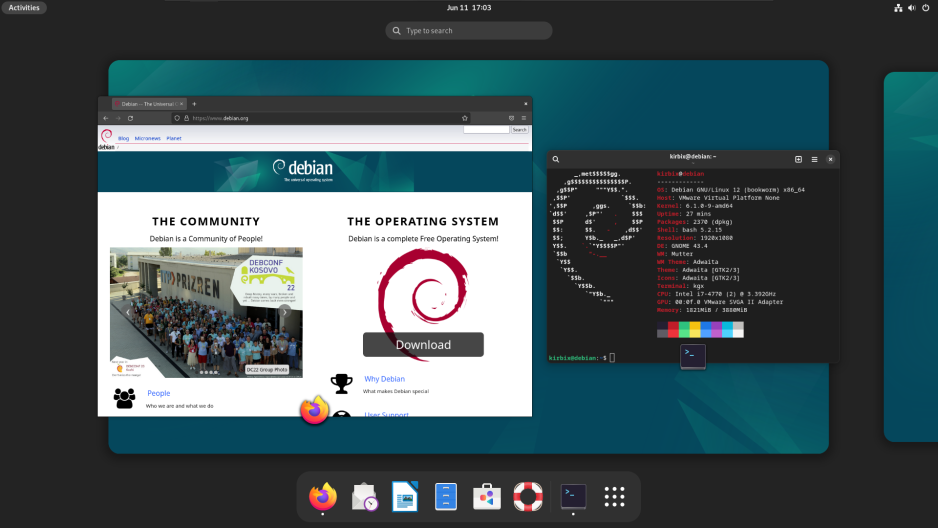Welcome to the world of Linux, where we’ll demystify the popular Debian OS for you. Debian has been a staple in the Linux community for years and has served as the foundation for many other successful distributions, such as Ubuntu and Mint. Designed with stability and robustness in mind, Debian can be a little intimidating for first-time users. Fear not, for we have you covered with a comprehensive step-by-step guide that will turn you into a Debian pro in no time!
Getting Started: Preparing for Your Debian Adventure
Before embarking on your Debian adventure, some groundwork needs to be laid. It’s akin to preparing your hiking gear before conquering that towering peak; the better prepared you are, the smoother the journey will be. The first step is to choose the Debian version that fits you best. As of mid-2023, the latest stable release is Debian 11, code-named “Bullseye,” but Debian also offers “Testing” and “Unstable” branches for those who love living on the edge.
The second step is to make sure your hardware is ready for Debian. While Debian is highly adaptable, it’s always prudent to check whether your hardware is Debian-compatible. The good news is, most modern hardware, including that latest GPU you have your eyes on, will play nicely with Debian.
Last but not least, preparation involves creating a bootable Debian USB stick. This process is simple enough, whether you are on Windows, MacOS, or another Linux distribution. Several tools can help with this, like “Rufus” for Windows or “dd” command for Linux. Once you’ve created your bootable Debian stick, you are ready to begin your installation journey.

Debian Installation: Your First Steps in the New World
Now that you’re armed with your bootable Debian USB stick, it’s time to dive into the installation process. Power up your machine, and upon start-up, choose to boot from your USB device. You’ll be greeted with a GRUB menu, offering various options. We suggest you select “Graphical Install” for a more user-friendly experience, especially if you’re new to the Linux world.
During the installation process, you’ll encounter a few prompts. First up is the language selection – choose your preferred language, and the installer will use this for the remaining steps. Next is the locale and keyboard configuration. These options will set your system’s region and keyboard layout, respectively. It’s important to set these correctly, as they affect things like time, currency formats, and even your typing experience.
Finally, you’ll reach the partitioning stage. This step determines how Debian will use your disk space. If you’re installing Debian on an empty disk, the “Guided – Use Entire Disk” option will suffice. But, if you’re dual-booting with another OS, you might need to manually partition your disk. Partitioning can seem scary at first, but take your time, follow the instructions, and remember, Google is your friend!

Drawing to a Close: Finishing Touches
After surviving the partitioning phase, you’re on the home stretch. You’ll be asked to provide a username and password for the primary user account. This is the account you’ll use for everyday tasks. For security, Debian also recommends creating a separate root password, though you can choose to use the same password for both.
Next up is the software selection stage, where you decide what your Debian system will include out of the box. You can go minimal and select only the “standard system utilities,” or you could opt for a desktop environment, such as GNOME, Xfce, or KDE. It all depends on your preferences and your system’s capabilities.
Finally, install the GRUB bootloader on your primary hard drive, and you’re almost done. Once the installation process finishes, remove your USB stick, and reboot your machine. Voila! You’ve successfully installed Debian.
In conclusion, while Debian might seem daunting at first, a step-by-step approach makes the process a breeze. Like any worthwhile adventure, it’s about preparing well, taking one step at a time, and enjoying the journey. Welcome to the Debian community – we can’t wait to see what you’ll create and discover!

